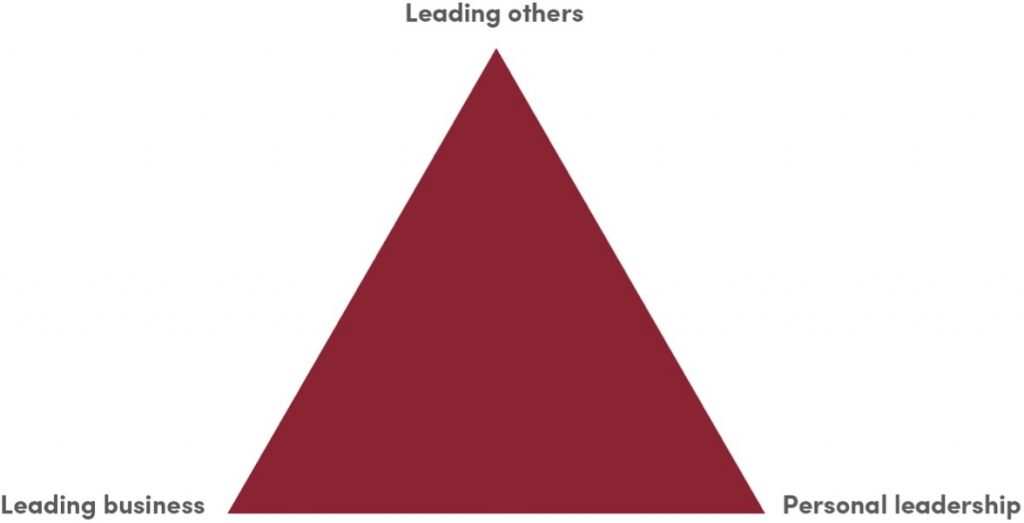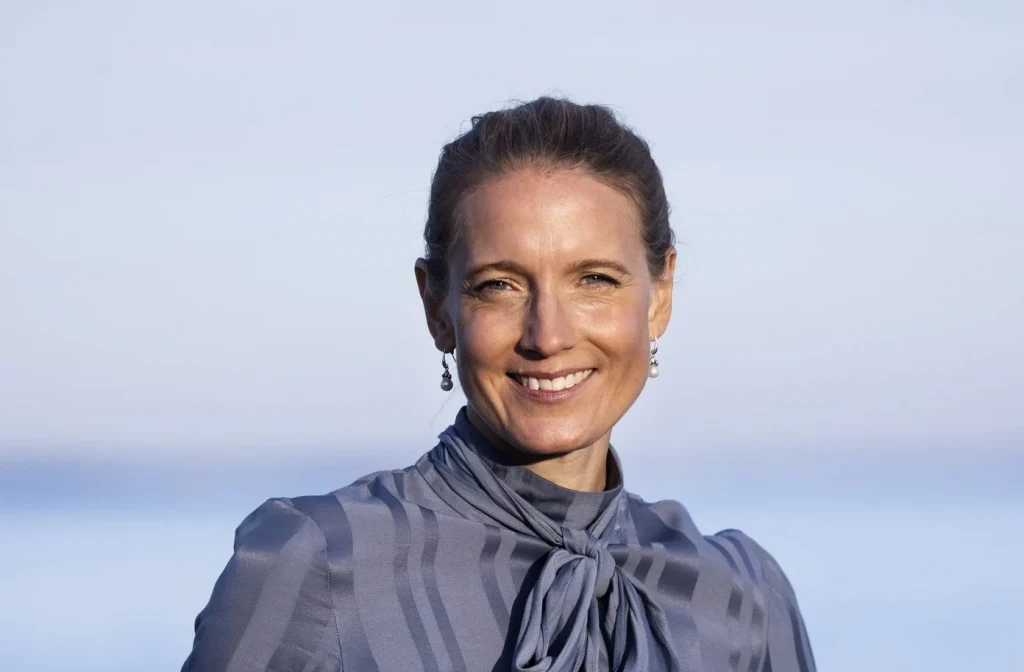
Share This Post
Short-term thinking with a narrow perspective can boost performance in the short term. But it won’t be sustainable business, success, and wellbeing long term. Some point, further down the road, the employees will leave and the resources will be gone. To practice sustainable leadership you must encounter what economist calls externalities. If you continue to do that, you will end up with a truly sustainable business.
In this article you’ll get:
- an explanation on what externalities are,
- a perspective on why you should do Sustainable Leadership and
- what to consider doing so.
The defintion of sustainable leadership
The term sustainabilityentered business with the Brundtland report in 1993. Gro Brundtland, then prime minister of Norway, led the committee for the UN, which framed the term sustainable development as a goal for businesses. See World Commission on Environment and Development, 1987.
The concepts of sustainable business and sustainable leadership have two basic premises. The first is performance over time, not just here and now. That’s why undermining resources, such as people and materials used for production, is not sustainable. The second premise is to have a holistic perspective rather than a narrow focus on the decisions made and their impact.
Do you want to read this article in Danish? Then read along here.
In sustainability all leadership factors are interconnected: Look at the externalities
When you look at something with a sustainable perspective, you include the whole picture, the entire ecosystem (as much as you can). Consider all stakeholders: authorities, employees, and the local community. Nothing is isolated; everything is interconnected. So, when you change one factor, it changes the entire system. This includes the factors for which you’re not legally responsible. You must consider what economists call externalities, factors that are not accounted for.
Here’s an example of an externality: Making an organizational change and letting go of low-performing employees affects the whole organization, including the high performers. This is because terminating employees affects everyone’s psychological safety and can lead to insecurity about one’s own job situation. No law says you must consider high-performing employees’ emotions and thoughts when dealing with low-performing employees. But if you want to make sure they thrive and stick around, you’d better take care of them, too.
Another example is that when a textile company produces fabrics in Vietnam, it will be able to discard waste chemicals in rivers without being fined. In the long run, however, the workers who live in the villages around the river, who depend on its water to survive, may start to develop diseases. Their water supply will also disappear because there will be no clean water nearby. You can likely guess how that will affect the textile company.
Both examples illustrate how short-term thinking with a narrow perspective can boost performance in the short term. But it won’t be sustainable, and at some point, further down the road, the employees will leave and the resources will be gone.
What matters is being able to reflect and learn. Just like in innovation, fail fast and fail forward, then get up and move on. Often it takes several iterations to get things right.
John Doe Tweet
What leadership truly is: Defining the term for you
Leadership is a term that has many definitions. Almost any leadership expert offers their own definition, but a common one is that leadership is about achieving results though others. I would rather say that leadership is about achieving results in collaboration with others. That doesn’t mean the senior vice president in a large corporation also has to take out the garbage or make his own photocopies. That might be a bit too expensive for the firm. Rather, it means relationships, communication, knowledge-sharing, respect, understanding, and other courtesies should go both ways.
Would you like the newest knowledge and inspiration sent directly to you?
Then subscribe to our monthly newsletter
Sustainable leadership: a three-cornered professional boundary
I frame sustainable leadership within a three-cornered professional boundary: leadership of others, personal leadership, and leadership of the business. Those three are interconnected, or most likely will be if you are a business owner, leader, or any other influential person. You can’t be truly successful in one of the corners without also mastering the other two.

The leader must unite human resources to achieve certain goals in a sustainable way that creates the desired results while keeping conditions good for employees to thrive, collaborate, and perform. Sustainable leadership does not place demands only on leaders. It’s a two-way street. At the same time, followers must take responsibility for their own well-being, relationships, performance, and motivation to stay fit and adaptable in a constantly changing workday.
Sustainable leadership is not perfect in practice. There will be times when a leader fails to meet the desired standard, or when something or someone gets hurt even though he or she did meet it. But don’t let that discourage you. What matters is that you reflect and learn. Just like in innovation, fail fast and fail forward, then get up and move on. Often it takes several iterations to get things right.
If you want to have somebody helping you reach your ambition practicing sustainable leadership maybe, you should consider coaching – helping you to deal with it. Reach out here or take a closer look at the coaching page.
We help people in multinational companies to handle challenges in a meaningful way and take business to the next level. If you would like to be updated with new articles and videos, sign up for our mailing list. Your mail is not shared with anyone and there are advantages to being on the list e.g., getting a mini course in your personal leadership.












